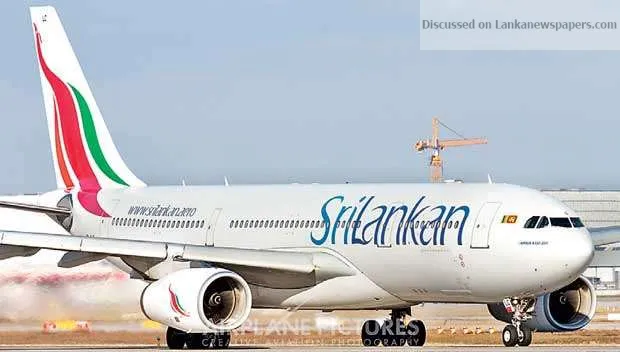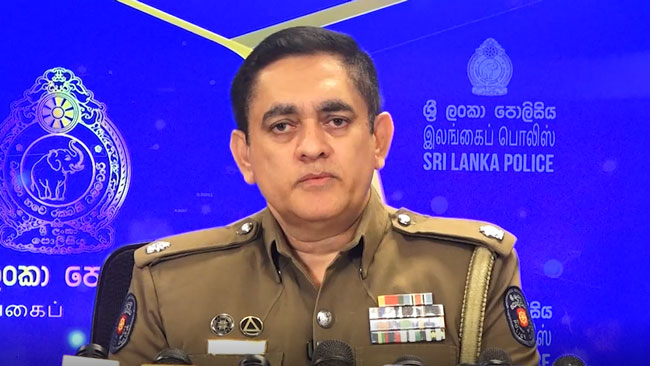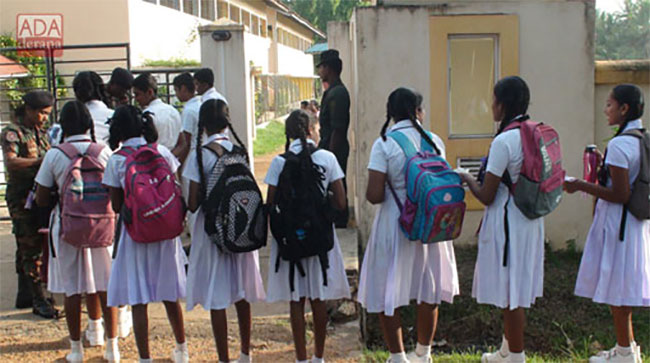
Uncategorized
- Says aircraft was acquired by previous mgt. in 2017 linked to the settlement against the cancellation of the 4 new Airbus A350-900 aircraft order
- Current mgt. exploring possibility of sub-leasing aircraft to charter operator or to another airline
Fitch affirms SriLankan’s government guaranteed bonds at ‘B/Stable’ Fitch Ratings yesterday affirmed SriLankan Airlines Limited’s (SLA) US $ 175 million 5.3 percent government guaranteed bonds due 2019. The airline’s bonds are rated at the same level as SLA’s parent, the government of Sri Lanka (B/Stable) due to the unconditional and irrevocable guarantee provided by the government. The State held 99.5 percent of SLA as at end-2018 through direct and indirect holdings. Fitch said the rating is not derived from its issuer’s standalone credit profile, and is therefore not comparable with that of industry peers.
Popular News

EU provides over €2.35 mln humanitarian assistance to Sri Lanka
2025-12-19
Politics

Police warn against misuse of 119 hotline; Legal action against offenders
2025-12-19
General

Suspects remanded for setting fire to wild elephant in Mihinthale
2025-12-19
General

Schools in Central Province closed tomorrow and Monday
2025-12-19
General

Flood warning issued for several low-lying areas of Mahaweli River Basin
2025-12-19
General

